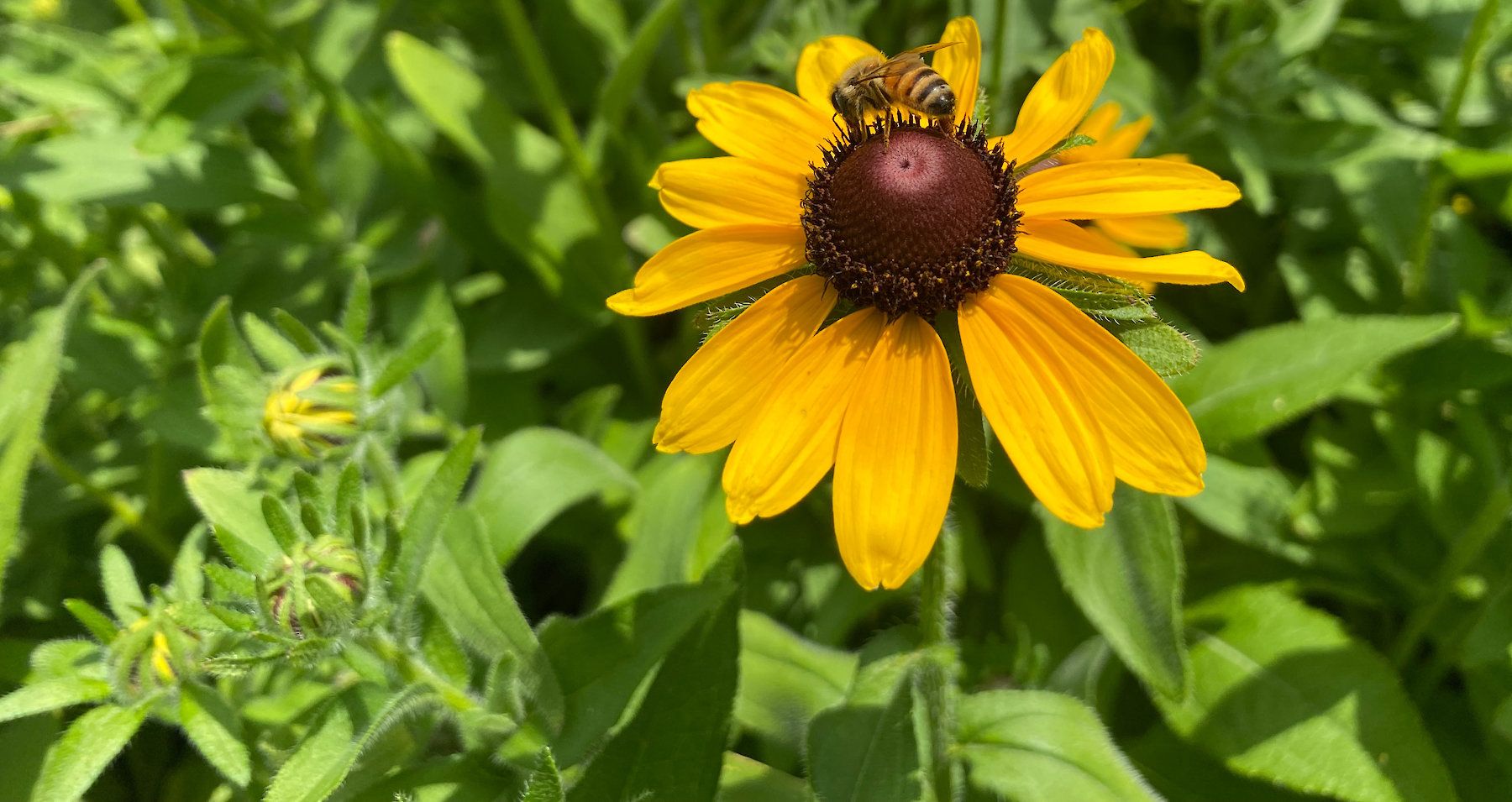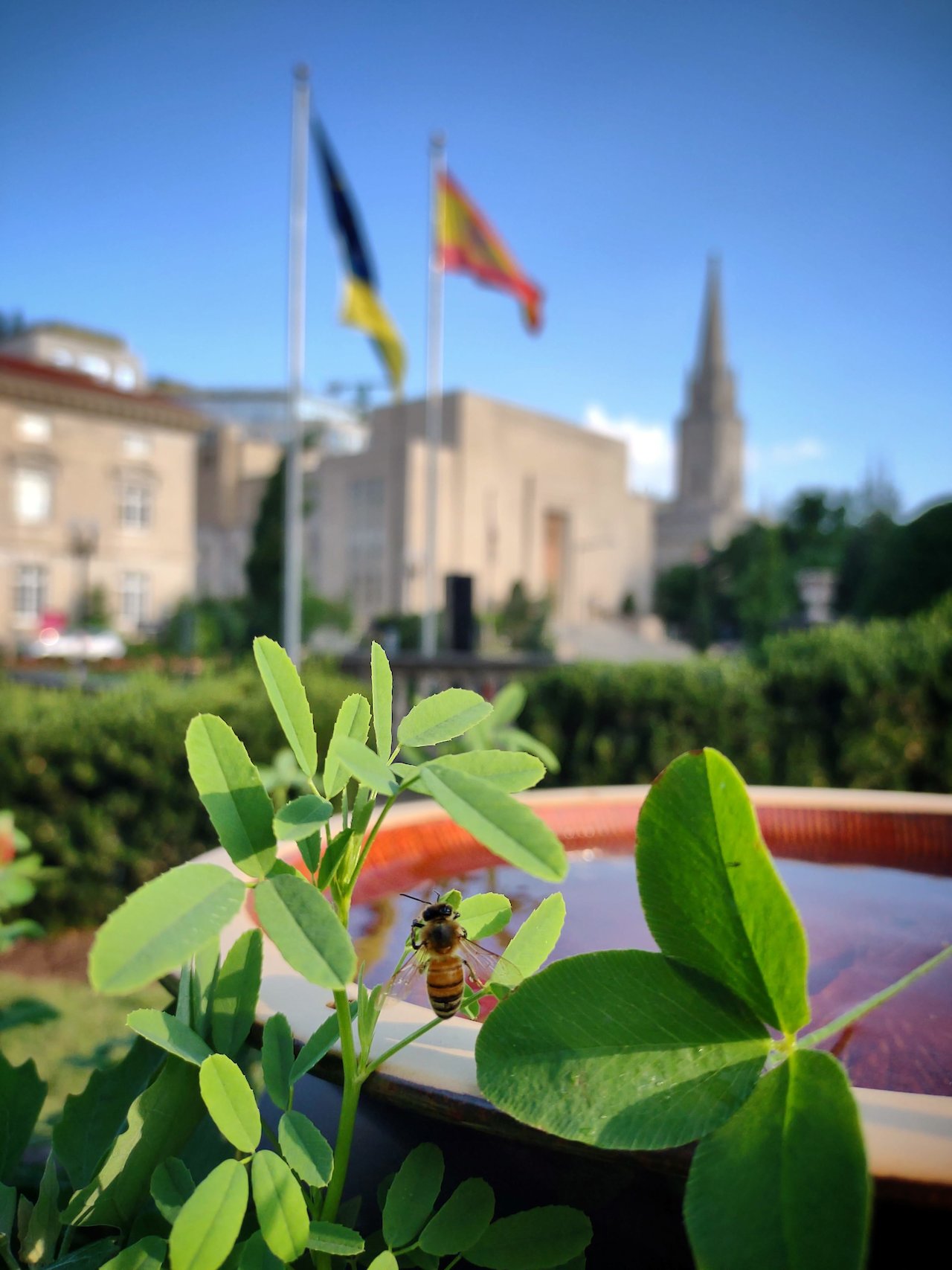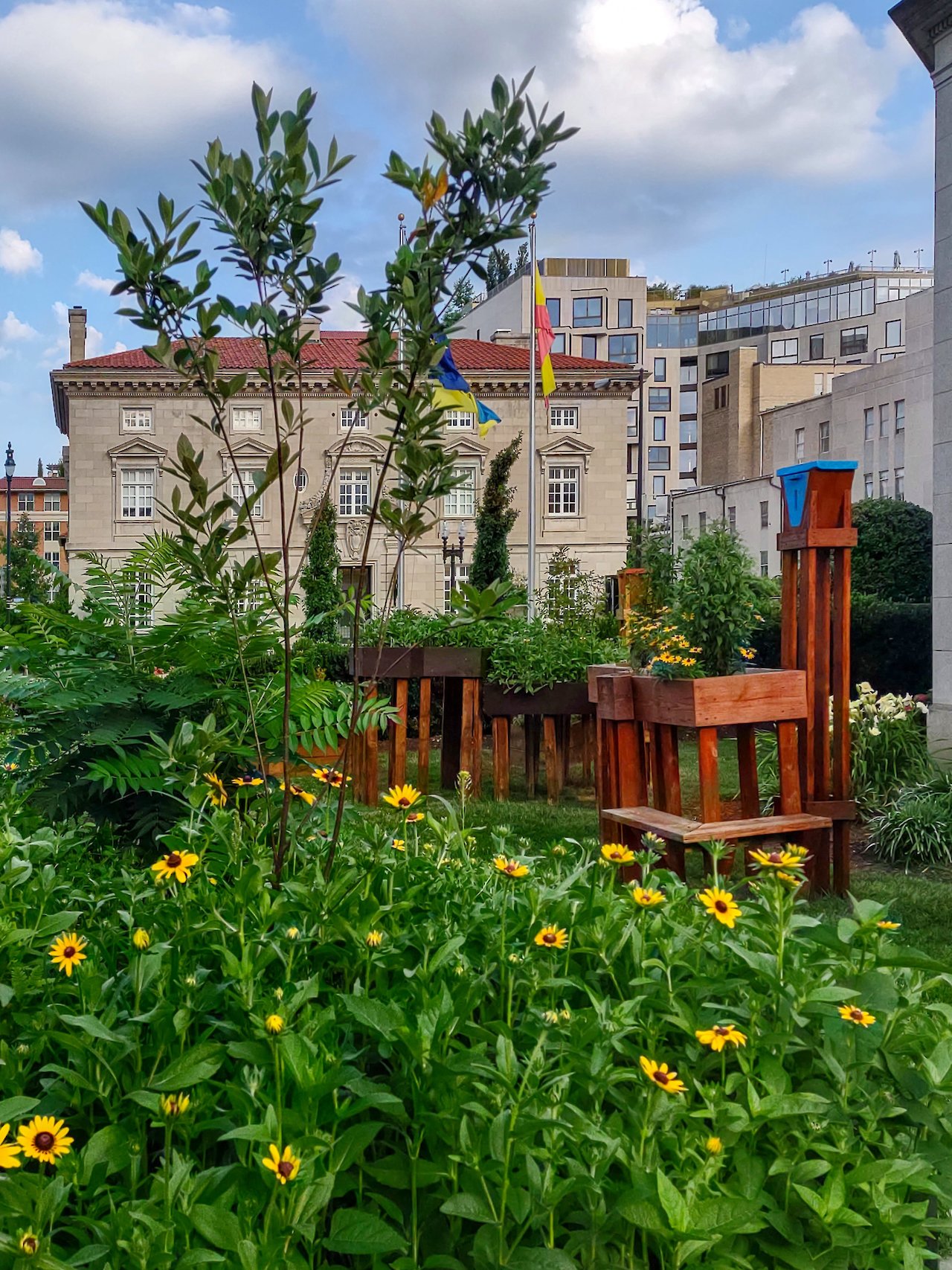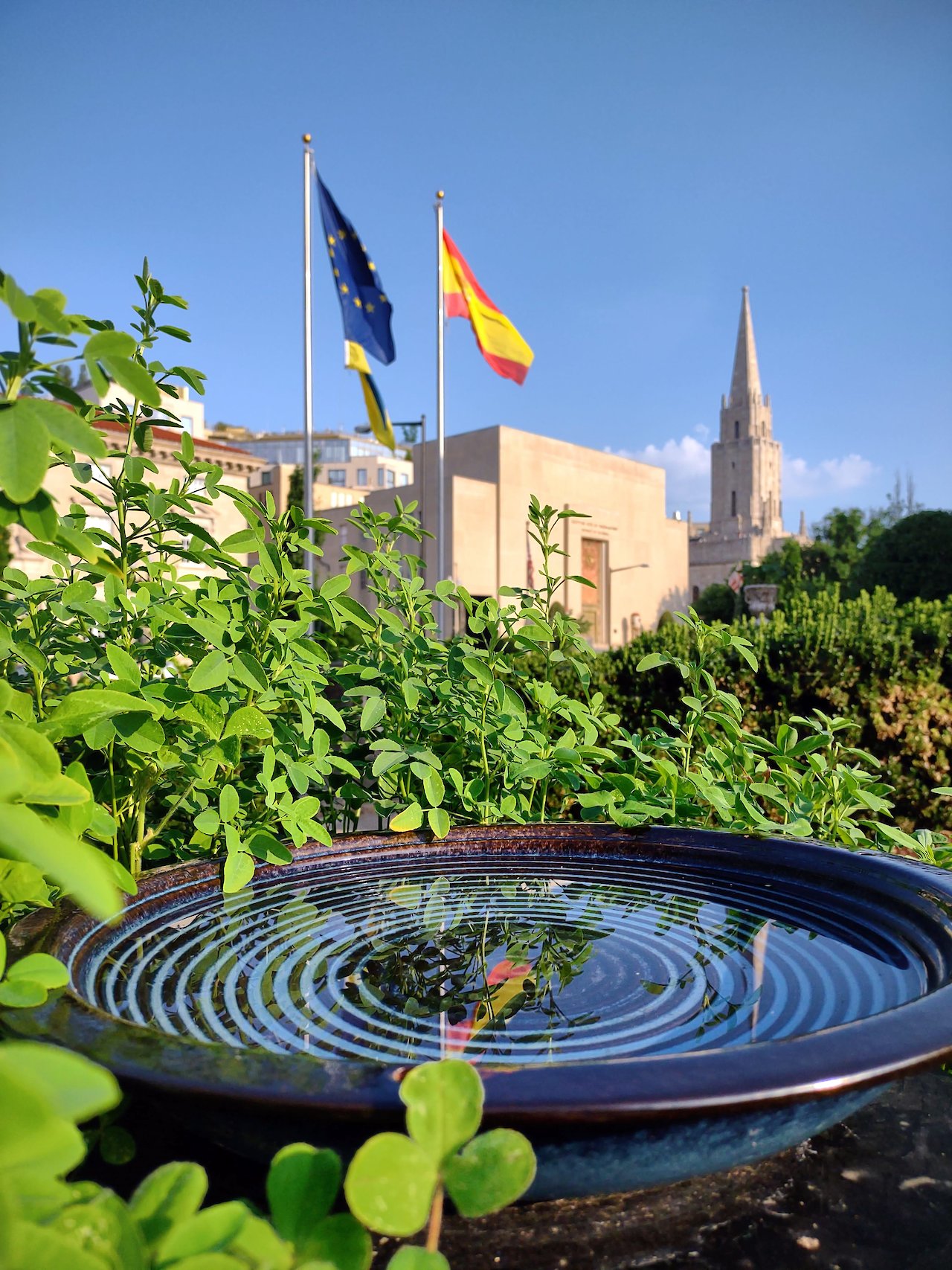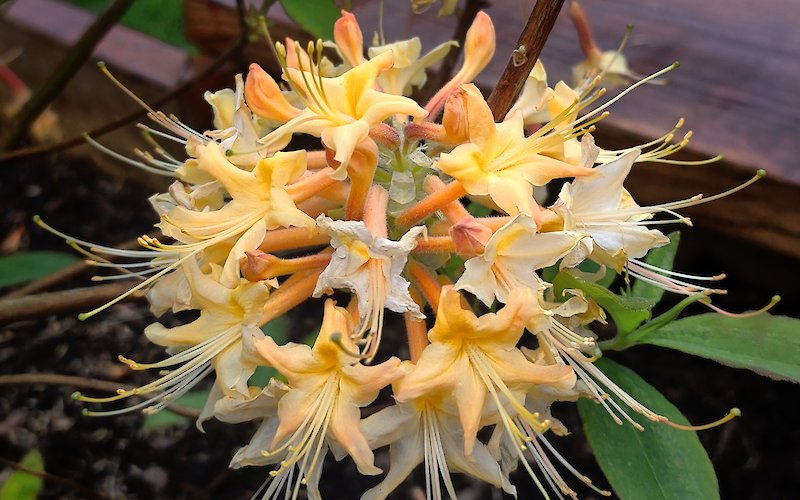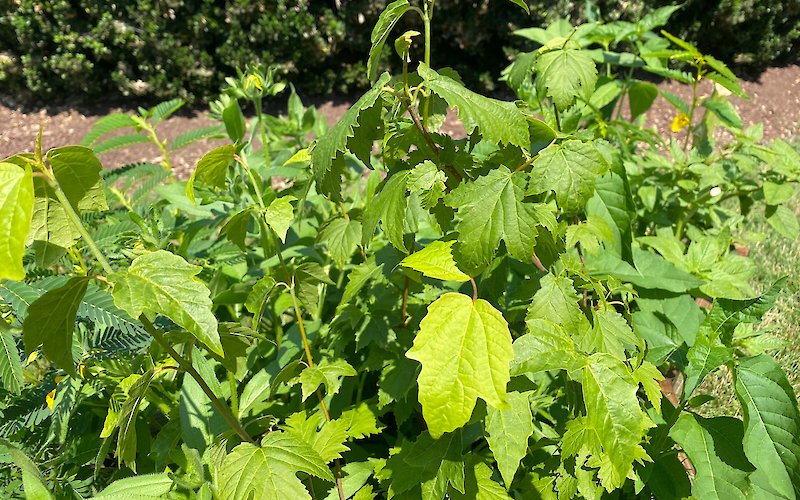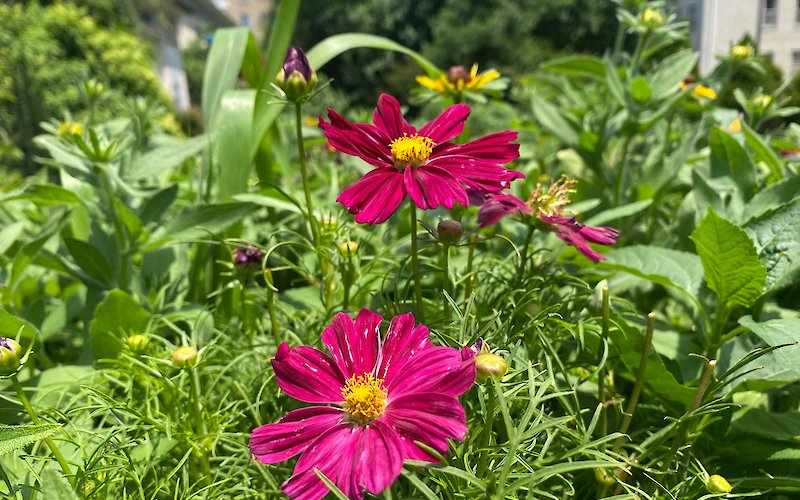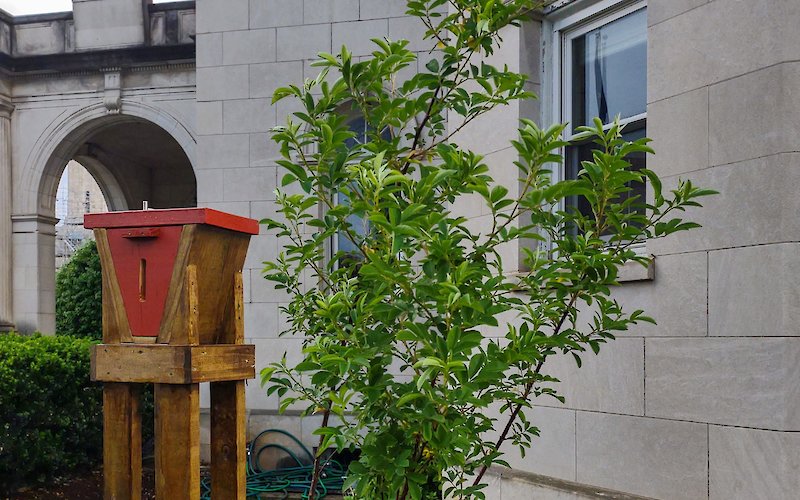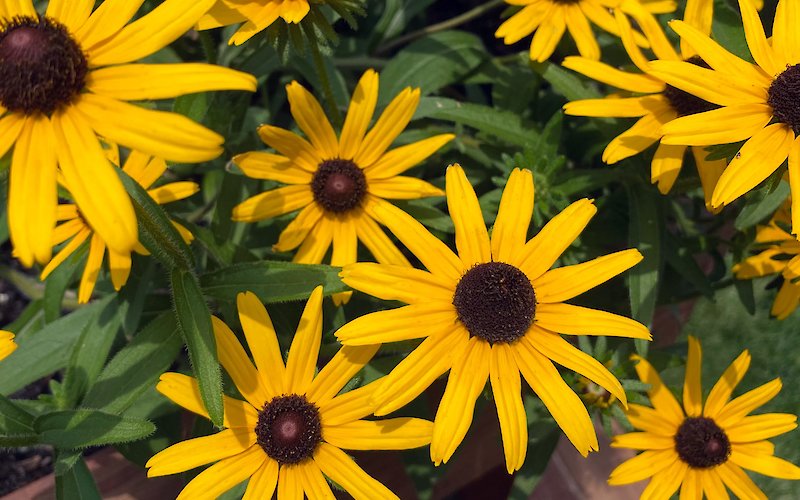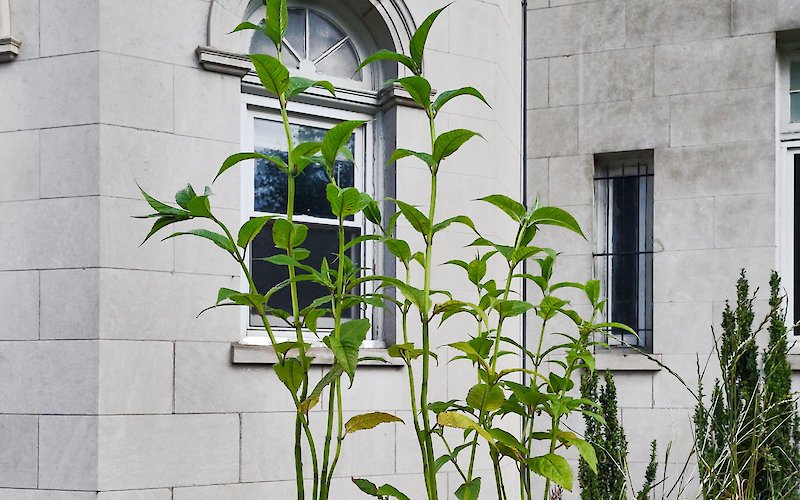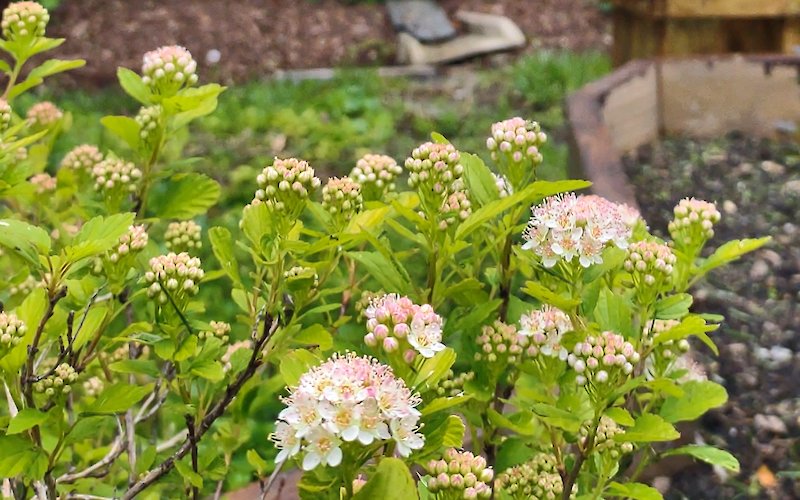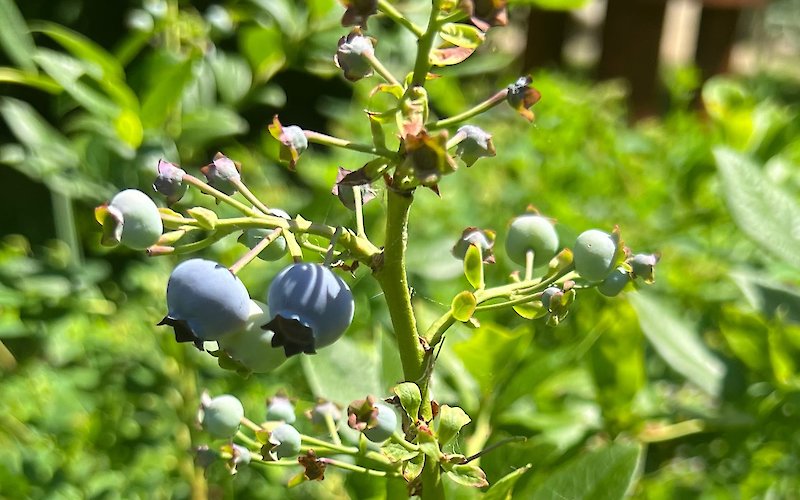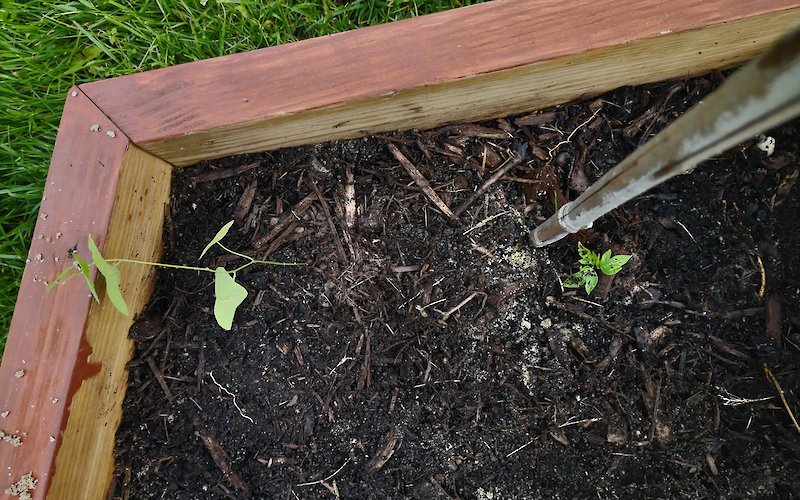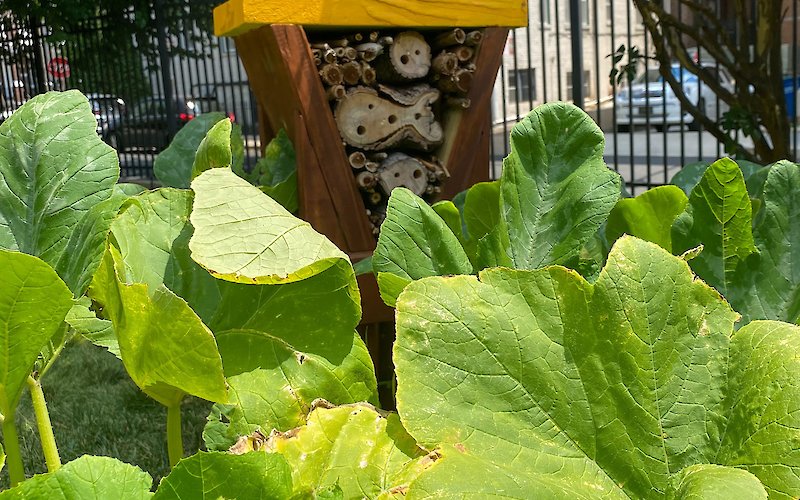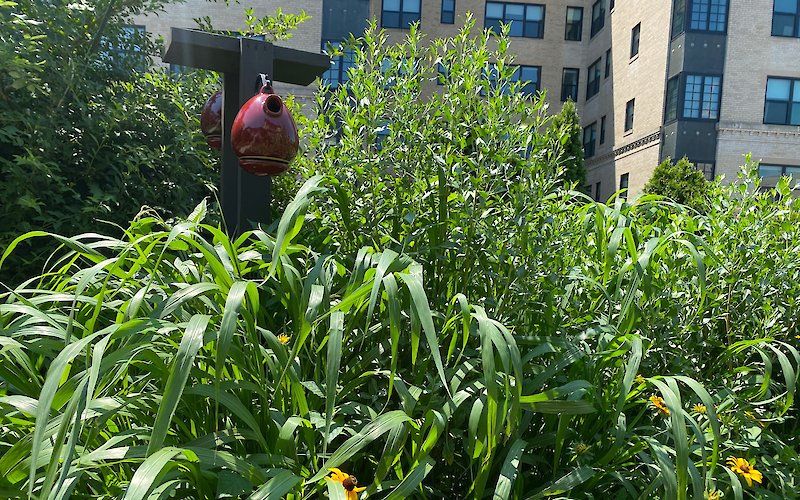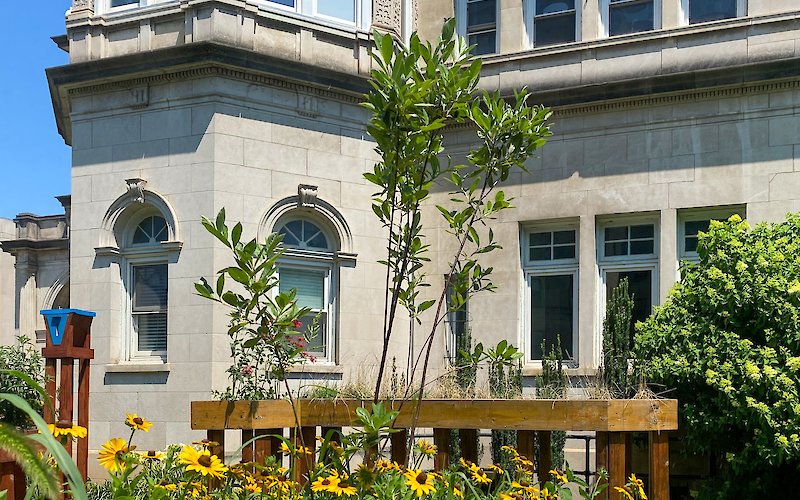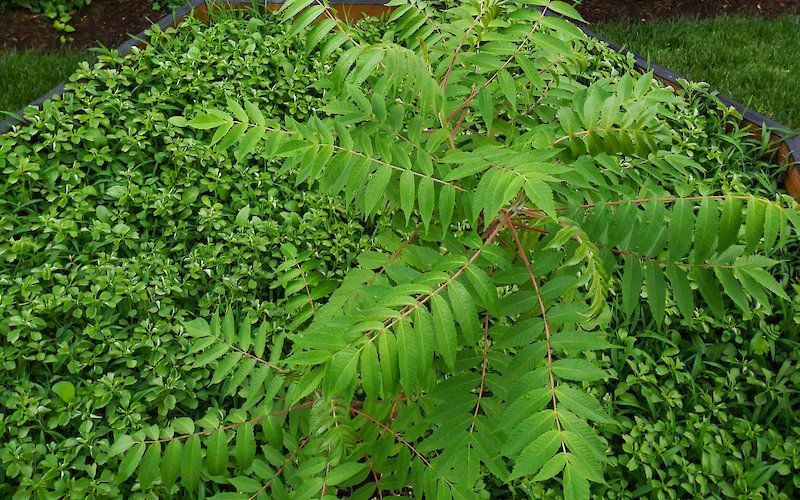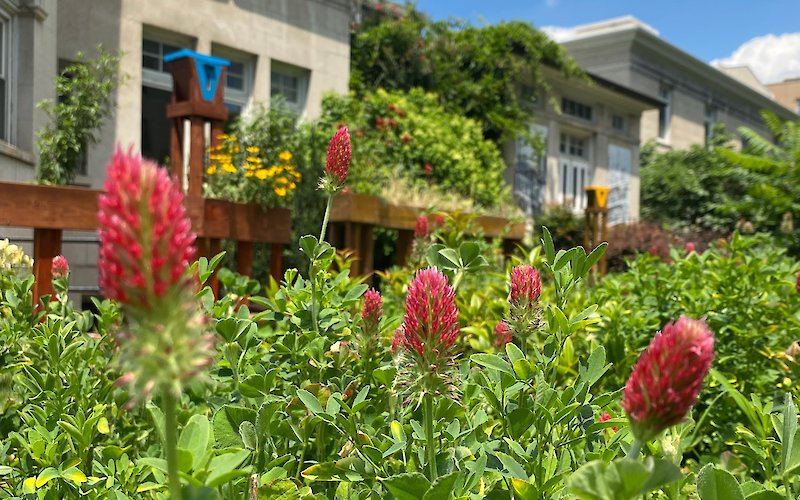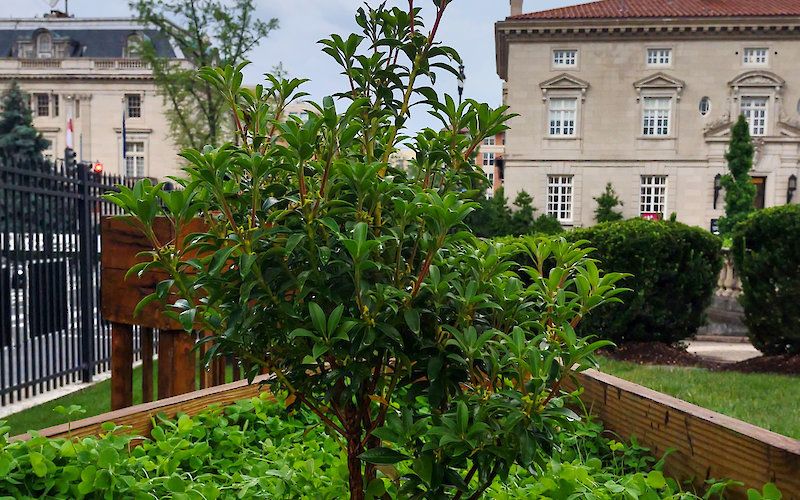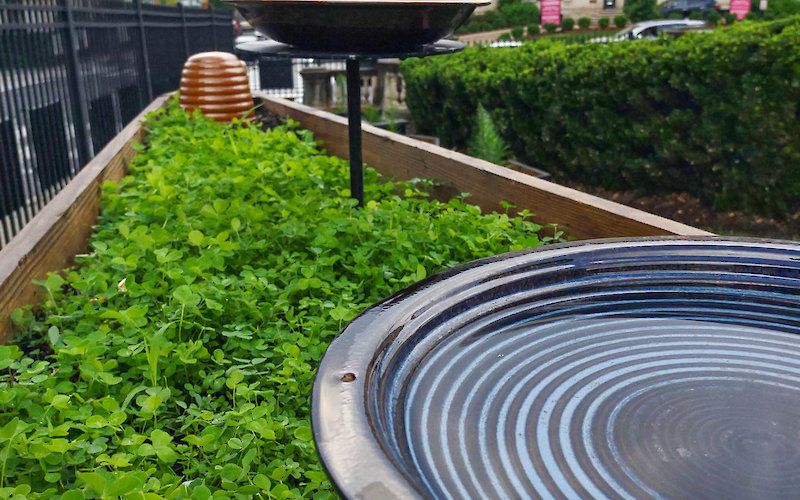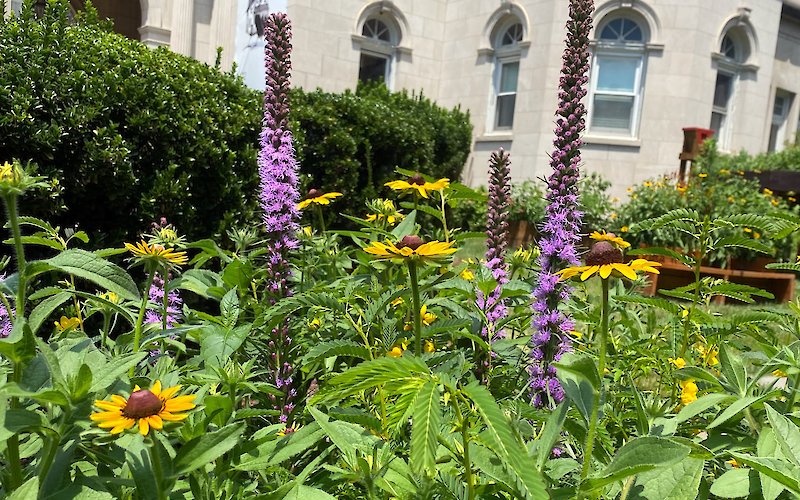Around Pollinators raises a reflection on the fundamental role of native biotopes in generating resilience in the face of the serious threat of climate change.
With this purpose in mind, Lucía Loren proposes the creation of a garden of native plants that seeks to attract and feed local populations of fauna, improving their habitats, air quality and biodiversity. The selection of these native plants has been made based on the three zones in the region: coastal, piedmont and mountain, with the collaboration of William H. Sullivan, Landscape Architecture and Urban Planning Student at the University of Maryland College Park.
Assembled in these parterres of native plants, sculptural devices made with artisanal construction techniques of wood and ceramics are distributed, forming the necessary habitats to incentivize biotic pollinators to settle. Pollination is critical in the ecosystem to ensure food and the survival of all species, and in the urban area in particular, these benefits are essential to improve the environmental health of city dwellers.
This project is a continuation of Around Nature, a garden project designed by Spanish Artist Juanli Carrion and commissioned by the Cultural Office of the Embassy of Spain on the occasion of the 5th Centennial of the first trip around the world by Ferdinand Magellan and Juan Sebastian Elcano.
About Lucía Loren
Lucía Loren is a Spanish artist, university professor, and activist whose work focuses on contemporary art based on the socio-environmental reflection between human relationships and landscapes, through collaborative practices, social intervention processes, integrating these experiences in inclusive educational contexts.
Her artistic activity, under the binomial art-ecology, has been presented in several natural environments in Spain, the US, Italy, Andorra, Poland, the Netherlands, Switzerland, Argentina, Sahara… In all these interventions, her main intention is to highlight interactions between humans and landscapes that have reached a respectful relationship. On many occasions, her processes become an open space where local inhabitants can participate, generating an experience and knowledge exchange among rural populations.
Her art works have been showcased in contemporary art centers such as CDAN, MUSAC, IVAM, CAB, ACVIC, Sala Tecla, Matadero, La Casa Encendida, Círculo de Bellas Artes, Estampa, Museo Contemporáneo Esteban Vicente, La Panera, Montehermoso Cultural Center, Galería Estampa, Palacio de Quintanar, Ap Gallery, in Spain; Provincial Museum of Fine Arts in Tucumán, Botanical Garden of Bogotá, Instituto Cervantes in Krakow and Larache, the Cultural Centers of Spain in Peru, Costa Rica, El Salvador, and Museum of Water in Ecuador.
Learn more
Garden map
Pick a number below
- 1. Mountain Azalea
- 2. Maple-Leaved Arrowwood
- 3. Cosmos Flower
- 4. Swamp Rose
- 5. Black-Eyed Susan
- 6. Scarlet Beebalm
- 7. Ninebark
- 8. Blueberries
- 9. Passionflowers
- 10. Pumpkins
- 11. Groundsel tree, Sea Myrtle
- 12. Red Chokeberry
- 13. Staghorn Sumac
- 14. Coast Leucothoe
- 15. Mountain Laurel
- 16. Clover
- 17. Gayfeather
